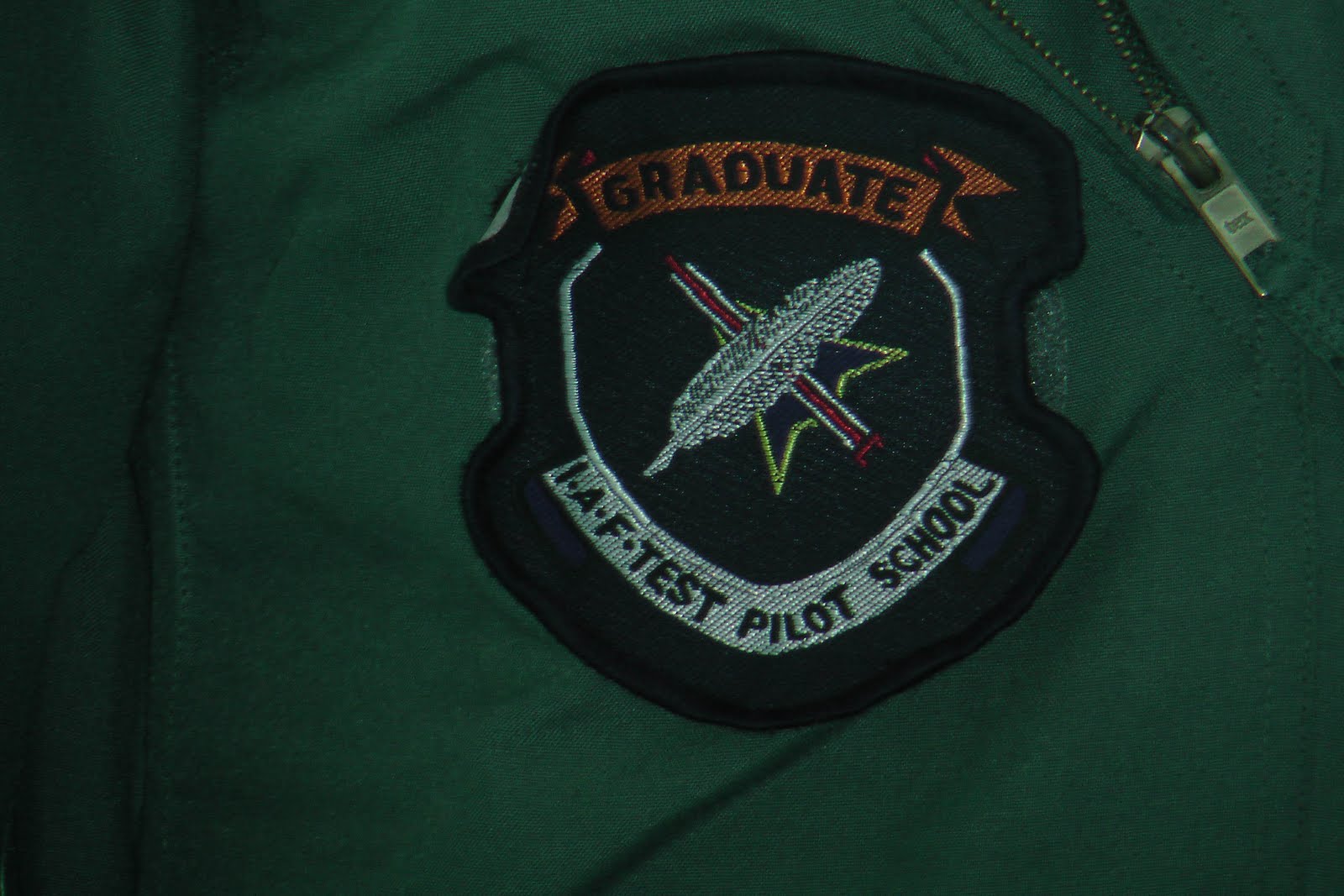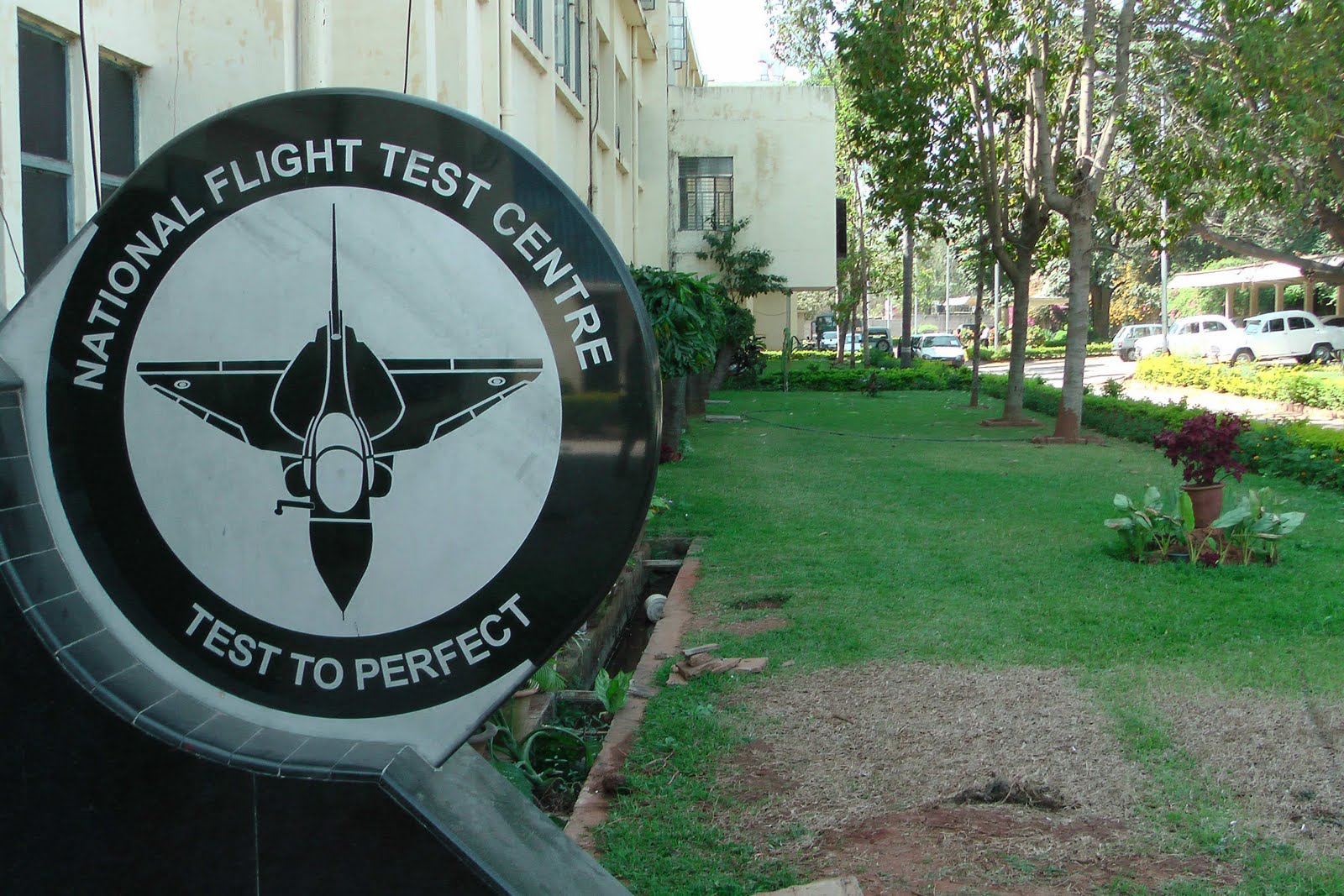SpArK
ELITE MEMBER

- Joined
- May 5, 2010
- Messages
- 22,519
- Reaction score
- 18
- Country
- Location
contd...
Finely honed judgement is the first hallmark of a test pilot. Chatting with these men in the briefing room, I am struck by their maturity. This is no bunch of swaggering top guns, but experienced professionals in whom brash youth has given way to an impressive calm that must prevail in a life-threatening flight emergency.

Group Captain George Thomas, built like a bull, has commanded a squadron of Su-30MKIs. Group Captain Ritu Raj Tyagi, the most experienced of the group and a former Jaguar combat commander, ran the last Mumbai marathon as a diversion from flight testing. Captain Jaideep Maolankar, who cut his teeth flying Sea Harrier fighters off naval aircraft carriers, commanded warship INS Ganga as it chased pirates off the Somali coast. Group Captain Venugopal, like Varma, has commanded a MiG-21 squadron on the Pakistani border.
Even Pranjal, the baby of the team, is by conventional standards a veteran pilot, having commanded a Sukhoi-30MKI squadron. Now learning the ropes at the NTFC, he will extensively test the first two Tejas fighters that Hindustan Aeronautics Limited delivers to the IAF this year.

The LSP-3 streaks into the sky. Pranjal’s mission is to test a new smoke winder--an under-wing pod that trails smoke. The device will help the NFTC test the Tejas’ reaction when it flies into a jet wake, a deadly 250-kmph blast of air emitted by a jet engine flying ahead.
Jet streams confuse fly-by-wire fighters like the Tejas, which are kept stable by on-board computers. Swedish company Saab crashed one of their Gripen fighters during testing when it flew into one. But these NFTC pilots seem to believe that flying the Tejas into a jet stream is just another day at the office. This matter-of-fact approach to the unknown leads NASA to choose most of its astronauts from the test pilot community.
“Test flying only seems glamorous from the outside,” says Thomas, dismissing my suggestion that every young IAF fighter jockey must idolise him. “Our daily routine involves a great deal of what any fighter pilot would consider drudgery. There is plenty of daily paperwork, and loads of study across the aerospace domain.”

But the passion for flying keeps these aces motivated. “We have all finished commanding our fighter squadrons and would normally be moving on to flying a desk,” says Jaideep. “This allows us to stay in the cockpit longer, connected with the business end of combat aviation. We are a few metres away from a fighter plane at all times.”
Varma explains exactly what a test pilot does. “An operational pilot in a combat squadron does not have the luxury of criticising his aircraft. Whether he dislikes the cockpit layout, whether he finds the controls sluggish… he just does the job with whatever the nation provides him. But when he becomes a test pilot, all those years of frontline experience go into improving the aircraft for the frontline pilots.”
“The test pilot is classically the bridge between designer and field. That is his role. He needs to be able to talk the language of the pilots in the field, and translate their requirements into language that the designers can understand. He must bridge the disconnect between design and operations,” elaborates Thomas.

In western air forces, like the US Air Force, test pilots do nothing but flight testing. But while specialisation allows them to stay in close touch with test programmes, pilots become disconnected from combat flying. The IAF’s philosophy is different. “Our tactics are evolving so quickly that we feel it is better to keep moving pilots between test flying and operational squadrons. That brings the latest operational doctrines into aircraft development,” explains Thomas.
In the telemetry room, Toffeen controls Pranjal’s mission. The atmosphere is charged; hawk-eyed technicians are glued to their monitors to detect the first sign of trouble. Toffeen has done this for 21 years. “It is a really interesting job,” he laughs, relaxed and confident. “Every day is a new day.”

Pranjal’s voice booms over the speakers that broadcast all communication between pilot and flight engineer. The smoke winder has been successfully tested. Toffeen tells him to head back to base. There is no cheering or clapping; this is business as usual.

“Do you guys ever party, get drunk, let your hair down?” I ask Rohit.
“Not this week, definitely. We will be doing Tejas aerobatics twice daily and, as an article of faith, we don’t drink for 48 hours before flying.” But then the professional mask slips just a fraction and there is a gleam in the air commodore’s eyes. “But don’t go away with the impression that these guys are loners. Test pilot school parties are famous in the air force.”
POSTED BY BROADSWORD
Finely honed judgement is the first hallmark of a test pilot. Chatting with these men in the briefing room, I am struck by their maturity. This is no bunch of swaggering top guns, but experienced professionals in whom brash youth has given way to an impressive calm that must prevail in a life-threatening flight emergency.

Group Captain George Thomas, built like a bull, has commanded a squadron of Su-30MKIs. Group Captain Ritu Raj Tyagi, the most experienced of the group and a former Jaguar combat commander, ran the last Mumbai marathon as a diversion from flight testing. Captain Jaideep Maolankar, who cut his teeth flying Sea Harrier fighters off naval aircraft carriers, commanded warship INS Ganga as it chased pirates off the Somali coast. Group Captain Venugopal, like Varma, has commanded a MiG-21 squadron on the Pakistani border.
Even Pranjal, the baby of the team, is by conventional standards a veteran pilot, having commanded a Sukhoi-30MKI squadron. Now learning the ropes at the NTFC, he will extensively test the first two Tejas fighters that Hindustan Aeronautics Limited delivers to the IAF this year.
The LSP-3 streaks into the sky. Pranjal’s mission is to test a new smoke winder--an under-wing pod that trails smoke. The device will help the NFTC test the Tejas’ reaction when it flies into a jet wake, a deadly 250-kmph blast of air emitted by a jet engine flying ahead.
Jet streams confuse fly-by-wire fighters like the Tejas, which are kept stable by on-board computers. Swedish company Saab crashed one of their Gripen fighters during testing when it flew into one. But these NFTC pilots seem to believe that flying the Tejas into a jet stream is just another day at the office. This matter-of-fact approach to the unknown leads NASA to choose most of its astronauts from the test pilot community.
“Test flying only seems glamorous from the outside,” says Thomas, dismissing my suggestion that every young IAF fighter jockey must idolise him. “Our daily routine involves a great deal of what any fighter pilot would consider drudgery. There is plenty of daily paperwork, and loads of study across the aerospace domain.”
But the passion for flying keeps these aces motivated. “We have all finished commanding our fighter squadrons and would normally be moving on to flying a desk,” says Jaideep. “This allows us to stay in the cockpit longer, connected with the business end of combat aviation. We are a few metres away from a fighter plane at all times.”
Varma explains exactly what a test pilot does. “An operational pilot in a combat squadron does not have the luxury of criticising his aircraft. Whether he dislikes the cockpit layout, whether he finds the controls sluggish… he just does the job with whatever the nation provides him. But when he becomes a test pilot, all those years of frontline experience go into improving the aircraft for the frontline pilots.”
“The test pilot is classically the bridge between designer and field. That is his role. He needs to be able to talk the language of the pilots in the field, and translate their requirements into language that the designers can understand. He must bridge the disconnect between design and operations,” elaborates Thomas.
In western air forces, like the US Air Force, test pilots do nothing but flight testing. But while specialisation allows them to stay in close touch with test programmes, pilots become disconnected from combat flying. The IAF’s philosophy is different. “Our tactics are evolving so quickly that we feel it is better to keep moving pilots between test flying and operational squadrons. That brings the latest operational doctrines into aircraft development,” explains Thomas.
In the telemetry room, Toffeen controls Pranjal’s mission. The atmosphere is charged; hawk-eyed technicians are glued to their monitors to detect the first sign of trouble. Toffeen has done this for 21 years. “It is a really interesting job,” he laughs, relaxed and confident. “Every day is a new day.”
Pranjal’s voice booms over the speakers that broadcast all communication between pilot and flight engineer. The smoke winder has been successfully tested. Toffeen tells him to head back to base. There is no cheering or clapping; this is business as usual.
“Do you guys ever party, get drunk, let your hair down?” I ask Rohit.
“Not this week, definitely. We will be doing Tejas aerobatics twice daily and, as an article of faith, we don’t drink for 48 hours before flying.” But then the professional mask slips just a fraction and there is a gleam in the air commodore’s eyes. “But don’t go away with the impression that these guys are loners. Test pilot school parties are famous in the air force.”
POSTED BY BROADSWORD













